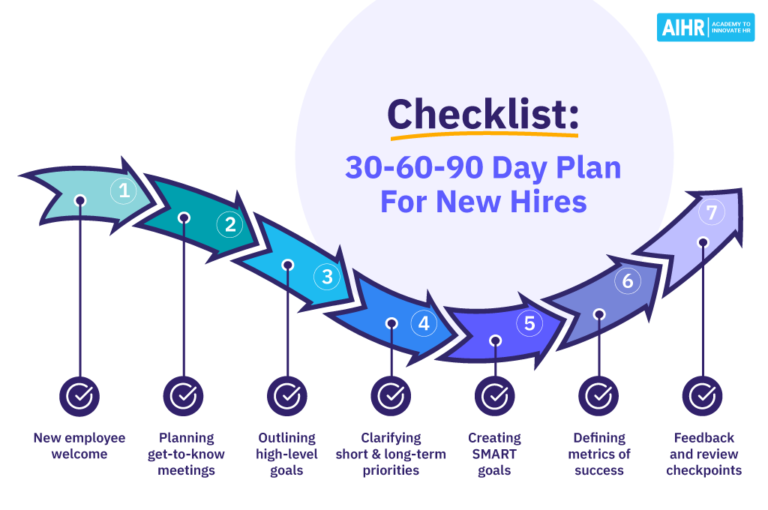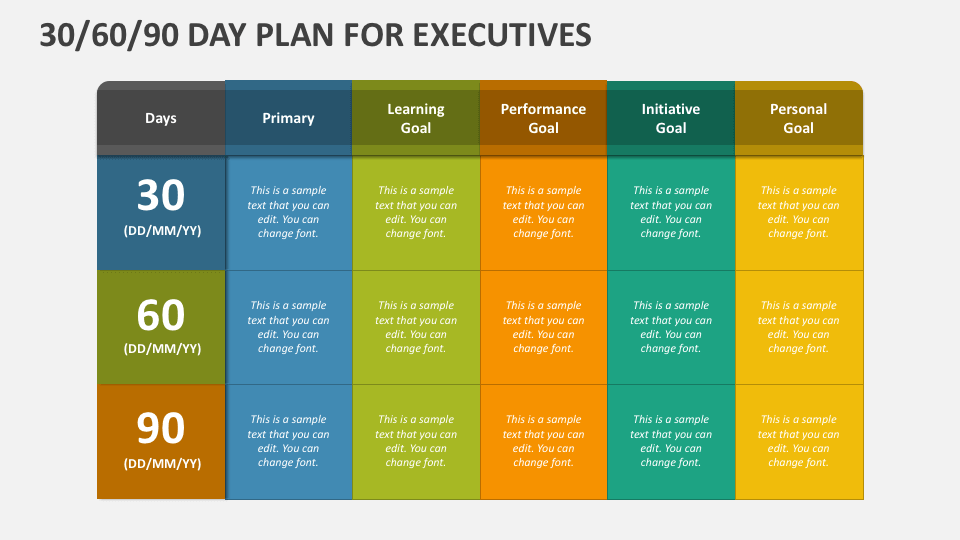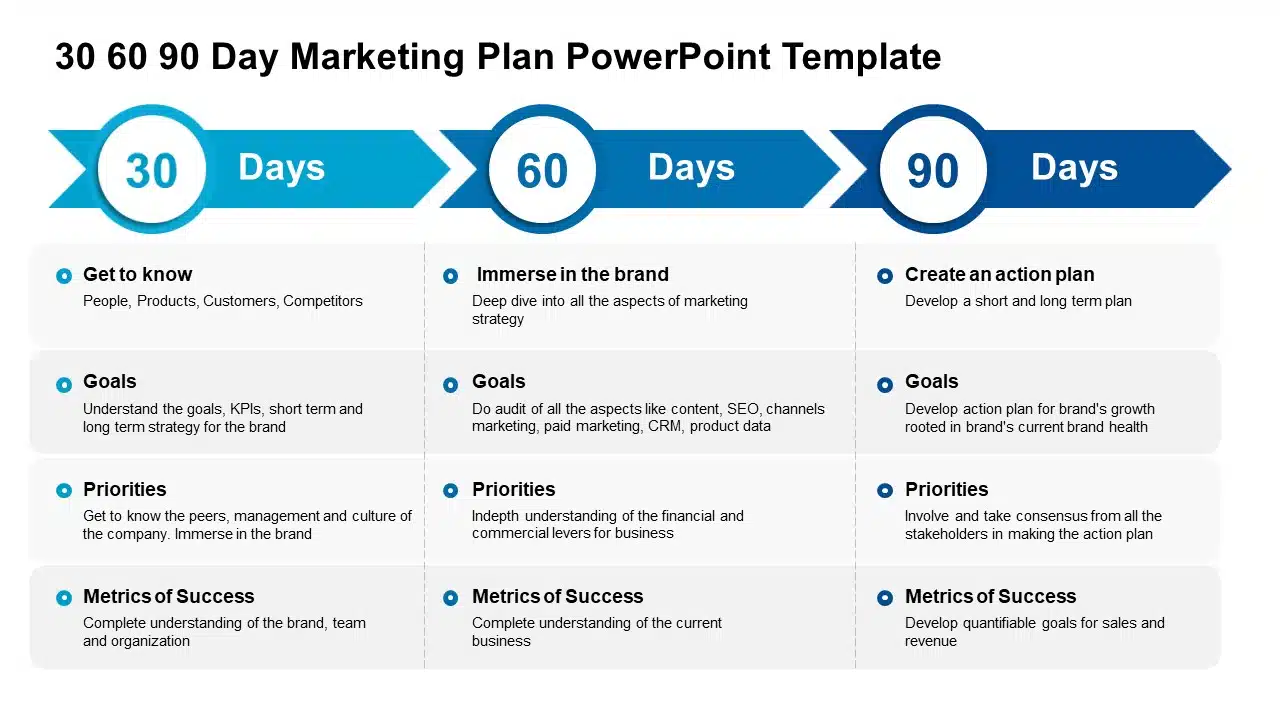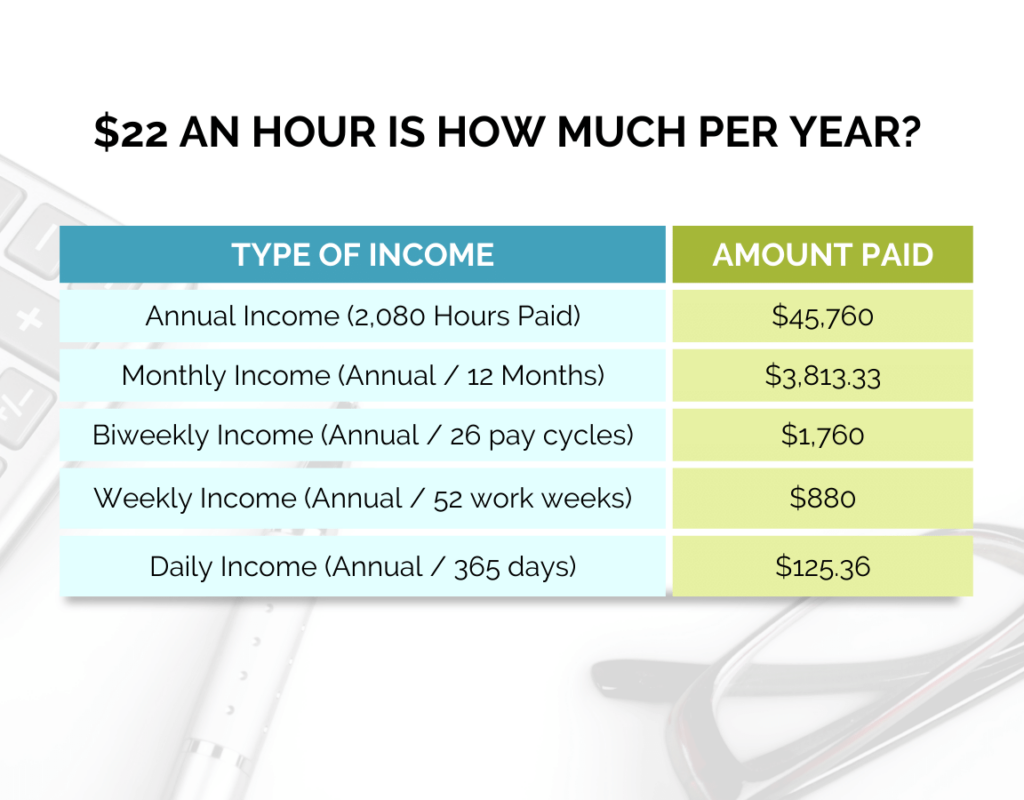90 Days: 10 Planning Tips

Embarking on a journey towards achieving your goals is an exciting endeavor, and proper planning is the key to success. When you set a deadline of 90 days, it adds a sense of urgency and motivation to turn your aspirations into reality. In this comprehensive guide, we will explore ten essential planning tips to help you make the most of your 90-day journey, whether you aim to launch a new project, transform your career, or pursue any other meaningful objective.
1. Define Your Goal with Clarity and Precision

The foundation of any successful plan is a well-defined goal. Start by clearly articulating what you aim to achieve within the 90-day timeframe. Avoid vague statements like “I want to be successful” or “I want to make a change.” Instead, be specific and tangible. For instance, “I will launch my online business by creating a comprehensive website and generating initial sales leads” provides a clear direction and sets the stage for effective planning.
When defining your goal, consider the following:
- What specific outcome do you desire? (e.g., launching a product, completing a certification, publishing a book)
- How will you measure your success? (e.g., sales figures, number of completed tasks, positive feedback)
- What are the key milestones or steps required to reach your goal?
Tips for Effective Goal Setting:
Keep your goal S.M.A.R.T. (Specific, Measurable, Achievable, Relevant, Time-bound). This framework ensures your goal is well-defined and achievable. Break down your goal into smaller, manageable tasks, making it easier to track progress and stay motivated.
2. Break It Down: Create a Detailed Action Plan

Once you have a clear goal, it’s time to create a detailed action plan. Breaking down your goal into smaller, actionable steps is crucial for effective time management and ensuring that no crucial element is overlooked.
Here's how you can create a comprehensive action plan:
- Identify the major phases or stages of your project or goal. For example, if you're starting a business, phases might include market research, business plan development, and product launch.
- For each phase, list the specific tasks that need to be completed. Be as detailed as possible. For instance, under "Market Research," tasks could include competitor analysis, customer survey, and identifying target demographics.
- Assign realistic deadlines for each task. Consider factors like your availability, the complexity of the task, and any dependencies on other tasks or external factors.
- Create a visual timeline or Gantt chart to visualize your plan. This can help you identify potential bottlenecks and ensure a smooth workflow.
Benefits of a Detailed Action Plan:
- Clarity and Focus: A detailed plan helps you stay focused on the most important tasks and prevents you from feeling overwhelmed.
- Efficiency: By breaking down your goal, you can identify the most efficient sequence of tasks, optimizing your time and resources.
- Flexibility: A well-structured plan allows for adjustments as you progress. If certain tasks take longer than expected or new opportunities arise, you can adapt your plan accordingly.
3. Set Milestones and Celebrate Achievements
Milestones are crucial markers on your 90-day journey. They provide a sense of progress and motivation, helping you stay on track and celebrate your achievements along the way.
Here's how to incorporate milestones into your plan:
- Identify Key Milestones: Determine the major milestones or checkpoints that indicate significant progress towards your goal. These could be completing a major phase of your project, reaching a certain sales target, or achieving a specific skill level.
- Set Realistic Milestones: Ensure your milestones are achievable within the given timeframe. Avoid setting milestones that are too ambitious, as this may lead to frustration or burnout.
- Celebrate Achievements: When you reach a milestone, take time to celebrate! Acknowledging your progress is essential for maintaining motivation and a positive mindset. Celebrate in a way that aligns with your personal preferences—it could be a small reward, a treat, or simply taking time to reflect on your achievements.
The Power of Milestones:
Milestones provide a sense of accomplishment and help you maintain momentum. They also serve as a reminder of how far you’ve come and the progress you’ve made. Celebrating these achievements boosts your confidence and keeps you motivated to continue pushing forward.
4. Prioritize Tasks and Manage Your Time Effectively
With a detailed action plan in place, the next step is to prioritize your tasks and manage your time effectively. Not all tasks are created equal, and some may have a greater impact on your overall goal. Prioritization ensures that you focus on the most critical and value-adding activities first.
Strategies for Effective Prioritization:
- The Eisenhower Matrix: This method involves categorizing tasks into four quadrants based on their urgency and importance. By doing so, you can easily identify which tasks require immediate attention and which can be scheduled or delegated.
- Prioritize Based on Impact: Assess each task’s potential impact on your goal. Tasks that have a significant influence on your outcome should take priority. For example, if you’re writing a book, prioritizing the outline and key chapters over editing minor details early on makes sense.
- Time-Blocking: Allocate specific time blocks for different tasks or phases of your project. This technique helps you focus intensely on one task at a time, reducing multitasking and increasing productivity.
5. Create a Realistic and Flexible Timeline

A well-structured timeline is essential for keeping your 90-day plan on track. It provides a visual representation of your progress and helps you stay organized. However, it’s crucial to create a timeline that is both realistic and flexible to accommodate unforeseen circumstances or changes in priorities.
Tips for Creating a Realistic Timeline:
- Consider Past Experiences: Reflect on similar projects or goals you’ve achieved in the past. How long did it typically take to complete certain tasks or phases? Use this information to estimate the time required for your current endeavor.
- Be Realistic: Avoid setting unrealistic deadlines that may lead to burnout or compromise the quality of your work. Consider factors like your available time, potential obstacles, and the complexity of the tasks.
- Build in Buffer Time: Allocate some buffer time within your timeline to account for unexpected delays or challenges. This ensures that you don’t fall behind schedule and can adapt to changing circumstances.
6. Identify and Address Potential Obstacles
No journey is without its challenges, and it’s important to anticipate potential obstacles that may arise during your 90-day quest. By identifying these obstacles early on, you can develop strategies to overcome or mitigate their impact.
Strategies for Identifying and Addressing Obstacles:
- Brainstorm Potential Challenges: Take some time to think about the various challenges you might face. Consider factors like your resources, dependencies on others, and external factors beyond your control. For example, if you’re starting a business, potential obstacles might include supply chain issues, cash flow problems, or changes in market trends.
- Develop Contingency Plans: For each identified obstacle, create a contingency plan. This could involve researching alternative solutions, seeking expert advice, or having backup options ready. For instance, if you’re worried about supply chain disruptions, you might explore multiple suppliers or develop a strategy to quickly adapt your product if certain materials become unavailable.
- Regularly Review and Adapt: Obstacles can arise unexpectedly, so it’s crucial to regularly review your plan and make adjustments as needed. Stay flexible and be prepared to adapt your strategies when faced with challenges.
7. Utilize Productive Tools and Technologies
In today’s digital age, a wealth of tools and technologies are available to enhance your productivity and streamline your planning process. From project management software to time-tracking apps, these tools can help you stay organized, collaborate effectively, and optimize your workflow.
Productive Tools to Consider:
- Project Management Software: Tools like Asana, Trello, or Monday.com can help you organize your tasks, set deadlines, and collaborate with team members. These platforms provide a centralized hub for managing your 90-day plan.
- Time-Tracking Apps: Applications like RescueTime or Toggl can help you understand how you’re spending your time. By tracking your activities, you can identify areas for improvement and ensure you’re allocating your time effectively.
- Note-Taking and Task Management Apps: Evernote, Notion, or Google Keep are excellent for capturing ideas, taking notes, and managing tasks. These apps can help you stay organized and ensure you don’t miss any important details.
8. Stay Focused and Eliminate Distractions
Maintaining focus is crucial for achieving your goals within the 90-day timeframe. Distractions, whether internal or external, can significantly impact your productivity and derail your progress. It’s essential to identify and address these distractions to stay on track.
Strategies for Staying Focused:
- Set Clear Boundaries: Establish clear boundaries between your work and personal life. Communicate your commitments and deadlines to those around you to reduce interruptions and distractions. For example, you might set specific hours during which you’re unavailable for non-essential tasks or personal interactions.
- Minimize Digital Distractions: The digital world can be a significant source of distraction. Consider using productivity apps or browser extensions that block certain websites or limit your access to social media during designated work periods. Tools like Freedom or Cold Turkey can help you create a distraction-free environment.
- Create a Productive Environment: Optimize your physical environment to enhance focus. Ensure your workspace is comfortable, well-organized, and free from clutter. Consider using noise-canceling headphones to minimize auditory distractions.
9. Collaborate and Seek Support
While a 90-day plan is an individual endeavor, seeking collaboration and support can greatly enhance your chances of success. Collaborating with others can bring fresh perspectives, new ideas, and valuable expertise to your project.
Benefits of Collaboration and Support:
- Fresh Perspectives: Collaborating with others can provide valuable insights and help you approach your goal from different angles. This can lead to innovative solutions and improved decision-making.
- Accountability: Working with others can help keep you accountable and motivated. Having regular check-ins or progress reports with colleagues, mentors, or friends can ensure you stay on track and provide an opportunity for constructive feedback.
- Skill Development: Collaboration allows you to learn from the expertise of others. By working with individuals who have different skill sets, you can enhance your own abilities and gain new perspectives on problem-solving.
10. Regularly Review and Adjust Your Plan
Planning is an iterative process, and your 90-day plan should evolve as you progress. Regularly reviewing and adjusting your plan ensures that it remains aligned with your goals and adapts to changing circumstances.
Tips for Effective Plan Review and Adjustment:
- Set Regular Review Dates: Schedule specific dates throughout your 90-day journey to review your plan. These review sessions can help you assess your progress, identify areas for improvement, and make necessary adjustments.
- Evaluate Progress: During your review sessions, evaluate how well you’ve progressed towards your milestones and overall goal. Identify tasks or phases that are ahead of schedule and those that may be falling behind. Use this information to adjust your plan accordingly.
- Adapt to Changes: Life is full of surprises, and your plan should be flexible enough to accommodate unexpected changes. If new opportunities arise or challenges emerge, be prepared to adapt your strategies and make the necessary adjustments to keep your plan on track.
Conclusion
Planning for a 90-day journey is an exciting and rewarding process. By following these ten planning tips, you can set yourself up for success and make significant progress towards your goals. Remember, effective planning is an ongoing process, and staying adaptable and focused will be key to achieving your aspirations within the given timeframe.
How often should I review and adjust my 90-day plan?
+It’s recommended to review your plan at least once a month, or more frequently if significant changes occur. Regular reviews help you stay aligned with your goals and make timely adjustments.
What if I encounter a major obstacle that threatens my 90-day goal?
+If a significant obstacle arises, it’s crucial to address it promptly. Assess the impact on your timeline and goals, and develop a new strategy or contingency plan. Remember, adaptability is key to success.
How can I stay motivated throughout the 90-day journey?
+Staying motivated is essential for success. Celebrate your achievements, surround yourself with a supportive network, and maintain a positive mindset. Break larger goals into smaller milestones to keep yourself engaged and motivated.



